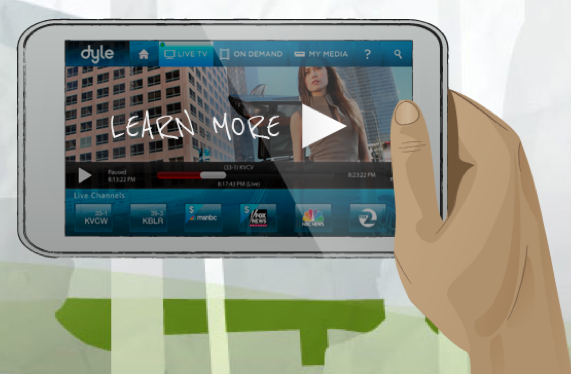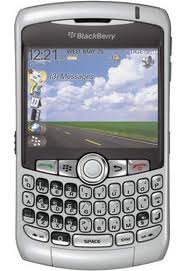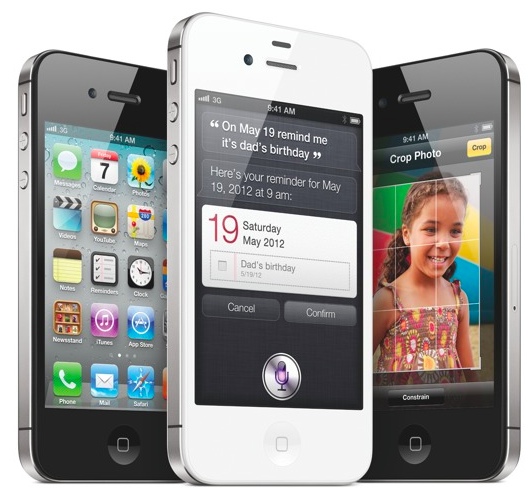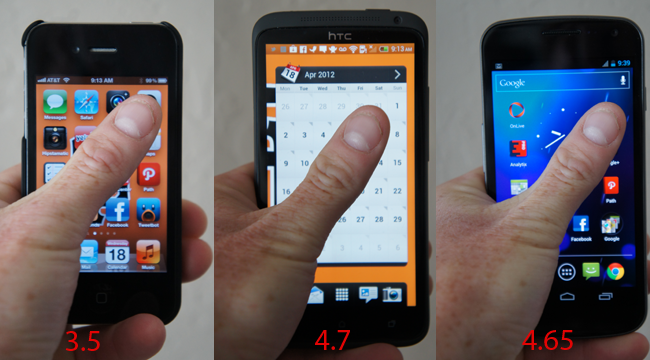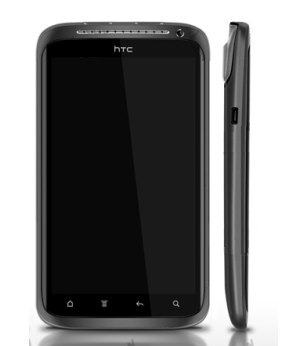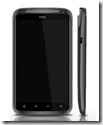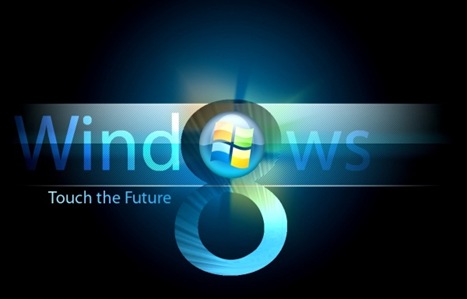 A Pyrrhic victory (/ˈpɪrɪk/) is a victory with such a devastating cost that it carries the implication that another such victory will ultimately lead to defeat. The phrase “Pyrrhic Victory” is named after King Pyrrhus of Epirus, whose army suffered irreplaceable casualties in defeating the Romans at Heraclea in 280 BC and Asculum in 279 BC during the Pyrrhic War. Someone who wins a Pyrrhic victory has been victorious in some way; however, the heavy toll negates any sense of achievement or profit. The term “Pyrrhic victory” is used as an analogy in fields such as business, politics, and sports to describe struggles that end up ruining the victor. ~ via Wikipedia
A Pyrrhic victory (/ˈpɪrɪk/) is a victory with such a devastating cost that it carries the implication that another such victory will ultimately lead to defeat. The phrase “Pyrrhic Victory” is named after King Pyrrhus of Epirus, whose army suffered irreplaceable casualties in defeating the Romans at Heraclea in 280 BC and Asculum in 279 BC during the Pyrrhic War. Someone who wins a Pyrrhic victory has been victorious in some way; however, the heavy toll negates any sense of achievement or profit. The term “Pyrrhic victory” is used as an analogy in fields such as business, politics, and sports to describe struggles that end up ruining the victor. ~ via Wikipedia
Series Schedule:
1) The Battle For The PC
A Glorious Victory
Google began in January 1996 as a research project by Larry Page and Sergey Brin. While conventional search engines ranked results by counting how many times the search terms appeared on the page, they theorized about a better system that analyzed the relationships between websites. They called this new technology PageRank, where a website’s relevance was determined by the number of pages, and the importance of those pages, that linked back to the original site. via Wikipedia
The Battle for search on the PC (notebooks and desktops) was a glorious victory for Google. Seldom has a company come so far, so fast, made so much money and so utterly anihilated their competition. By 2006, Google dominated search and was one of the largest, fastest growing companies on the planet. Their PC search strategy had proven to be brilliant and they were virtually printing money.
I can give Google no greater compliment than this: They make their money by distributing ADVERTISING, yet they are liked by most and even loved by many. The words “amazing” and “awe-inspiring” don’t even begin to cover that achievment.
All Glory Is Fleeting
Sic transit gloria mundi
But Google had two problems, which were really one and the same problem: “peak” and “mobile”.
Many of us are familiar with the concept of “peak oil”. It’s a term used to describe the fact that oil production had to, at some point in time, peak because there was only a finite amount of oil in the ground and once that peak was reached there must inevitably be a steady, albeit gradual, decline in oil production.
An equivelent peak is occuring in computing. In fact, two peaks: “peak PC” and “peak search”, both of which raise serious issues for Google.
For eight straight quarters, search was growing. Then for three straight quarters, that growth deaccelerated. Then last quarter, something happened that had never happened before. People searched less. We have reached peak search.
Ben Schachter of Macquarie Securities noted this in a research note:
Notably, total core organic searches declined 4 percent y/y, representing the first decline in total search volume since we began tracking the data in 2006. While this month marks the first y/y decline in total search volume, growth rates have been decelerating since February’s recent peak at 14 percent y/y growth (for the prior two years, growth rates were largely stable in the high single-digit to low double-digit range).

Not only is search declining, the proft from search is declining too. “Cost-per-click” – how much advertisers pay on average when someone clicks on an ad – is down. Way down. In its third quarter 2012 earnings, Google reported that its cost per click was down 15 percent.
Cost-per-click” – how much advertisers pay on average when someone clicks on an ad – has been dropping for the past four quarters, after rising for eight previous quarters. Surrounding circumstances make it clear that there is no reason to expect it to rise again.
Why is peak search happening and why now?
First, there are fewer and fewer PCs. Like peak oil, we’ve reached peak PC. The PC market is in permanent decline. In fact, the PC market is not only declining, it may be headed for a cliff. (See Tim Bajarin’s fine article on “How the iPad Mini Could Impact Future PC Sales.”)
Second, the search market is maturing. The places where people are going online just don’t pay as much as they used to.
Third, less and less people are doing their searches on their desktops and more and more peole are doing them on their mobile devices. When it comes to search, the portability of the mobile device trumps the power of the PC.
Smartphones have been outselling PCs (notebooks and desktops) since the end of 2010 and by the end of 2012, tablets will make up over 25% of all PC sales. Further, well respected mobile analyst, Mary Meeker believes the global smartphone plus tablet install base will surpass the install base of the PC by the end of Q2 2013.
Fourth, and finally, try this thought experiment. You’re standing by your PC. You want to know the weather, the score of the big game, where a movie is playing or a local place to eat and how to get there (GPS). Do you perform the search on your PC or on your phone? For more and more people, this is an activity that you do on your mobile device, even when your PC is readily available.
AUTHOR’S ASIDE: Ya gotta love Microsoft’s play in the desktop search industry. They are losing BILLIONS on Bing, buying into the desktop search market just as it has peaked and started its decline. What a company.
Now it’s not such a bad thing to be dominating a market that is just past its peak. It means that you’ll be getting great income – nearly as much as you’re getting today – for a long while yet to come. But it also means that your’ve got no longterm future. Unless you plan for one. Which Google did.
Next
Tomorrow: “The Battle for Mobile Phones Won.”








